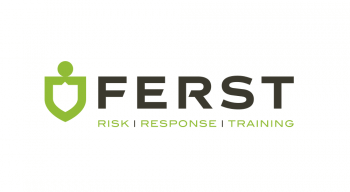Compliance Training is well suited to organisations who are looking to complete their required training to meet and exceed the Australian Standards.
Compliance Training
Emergency Planning Committee
Every facility in Australia should have an Emergency Planning Committee (EPC) this is formed by the person conducting the business or undertaking. The EPC is responsible for establishing an emergency plan and emergency response procedures. They are also required to form an Emergency Control Organisation that can respond to emergencies and enact emergency response procedures. Our EPC training provides the relevant guidance and knowledge needed for effective and compliant planning.
This can be delivered as either compliance or nationally recognised training.
Emergency Control Organisation
The Emergency Control Organisation, often referred to as an ECO is a group of trained, authorised, and established individuals who are prepared to respond to an emergency incident should it occur. Training for the ECO members must be conducted every 6 months under Australian Standards and Regulations.
The size and structure of the ECO varies depending on various factors including the facilities occupation type and density, layout and life safety systems. When an emergency incident occurs, the ECO have key responsibilities to ensure risks to people and property is appropriately managed and eliminated when possible.
The ECO for a large facility may comprise of:
- The Chief Warden
- Deputy Chief Warden
- Communications Officer
- Floor/Area Wardens
- Wardens
- First Aid Officers
In Health Care organisations these may be referred to as Emergency Controllers and Emergency Officers.
This can be delivered as either compliance or nationally recognised training.
Evacuation Response Exercises
Emergency Response Exercises are essential and valuable for a range of facilities and organisations. These allow your trained staff and occupants to put their knowledge into practice and receive all-important feedback from our specialists. These exercises can vary to ensure that when an incident does occur, people are kept safe and disaster is avoided.
An emergency response exercise is required for all occupied facilities at intervals not greater than 12 months and must be observed and recorded by a competent person.
Emergency Response Exercises include:
- Fire Evacuations (including stage evacuations for health and aged care)
- Bomb threat and suspicious object response
- White powder or CBRN response
- Lockdown/Hostile Intruder drills
- External and internal emergencies (including business continuity responses)
Fire Awareness and Extinguisher
Optimizing effective use of first attack firefighting equipment is a critical skill that saves lives and reduces damage to property and assets in the case of a fire. Incorrect use can be extremely hazardous to the people involved. Our fire awareness and extinguisher training sessions ensure staff are well prepared to respond to and successfully combat a fire in your workplace. This training involves the crucial knowledge of fire awareness as well as a practical scenario to ensure effective and safe use.
